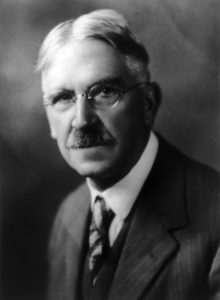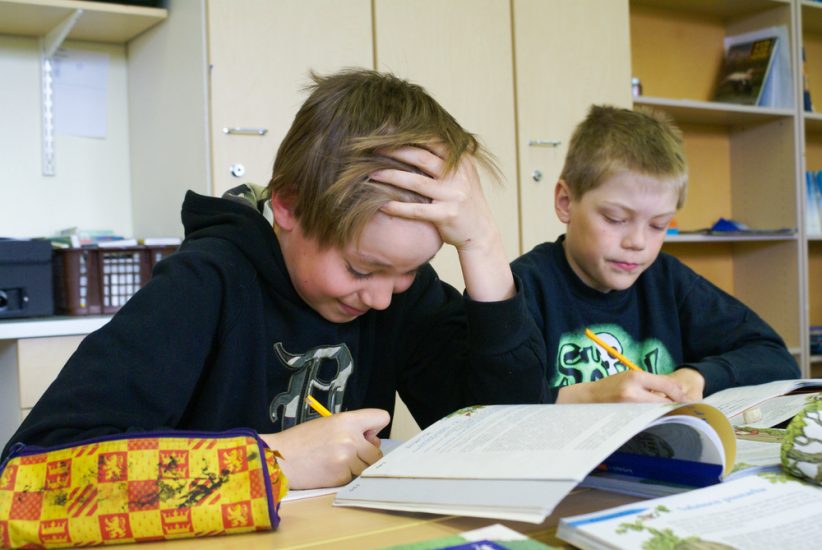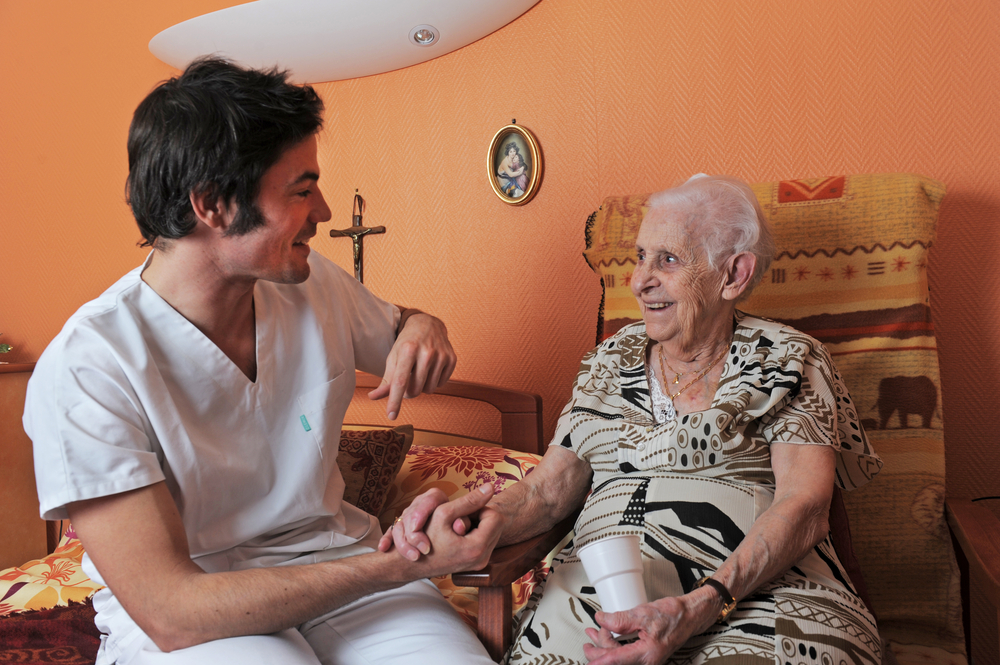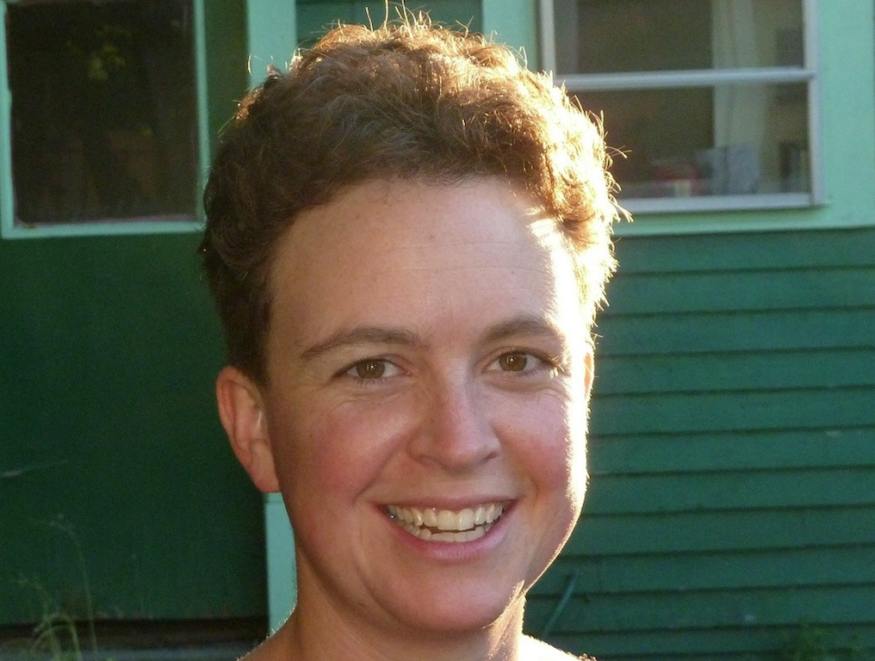WorkingNation welcomes journalist Livia Gershon as our featured columnist for August. This is the second in a series of four articles from Gershon, whose previous work can be read in HuffPost, Aeon and Vice.
Gershon examines the rising role of “emotional labor” in response to the displacement of workers due to automation. This week, Gershon looks at how public education can nurture emotional skills within students.

In a world where more and more routine tasks—from making widgets to reviewing legal documents—can be done by machines, it’s clear that the U.S. school system needs to change. Even the kids who will end up going into analytical, tech-heavy jobs have to be good at working in teams. And many more need to be ready for the growing swath of jobs, from nursing to personal coaching, where social and emotional skills are key to success. To build these abilities, students should spend less time on worksheets and test prep. They should do lots of group projects and work that helps them develop the social and emotional skills, as well as a strong foundation in academic subjects.
None of this is particularly controversial. Across the ideological spectrum of education researchers, there’s a broad consensus supporting cooperative work, plenty of free play at recess, and a limited role for rote learning. Finland, a country where cooperative learning and outdoor play are central to the school day, is widely hailed as a model for the U.S. And yet, if you walk into any classroom across America, you stand a good chance of seeing children laboring over worksheets or preparing for a big standardized test. A study last year found that 81 percent of teachers say their students spend too much time taking mandated tests, and 36 percent of those in mid- to high-poverty schools spend a month or more on test prep.
Why is our reality so far from our vision? To answer that question, we can start with one of the pioneers of socially engaged learning, John Dewey.

Dewey and the early 20th Century progressive education movement rebelled against traditional schools that focused on the memorization of dates, facts, and Latin phrases. They also disliked the vocational schools of the era, which promised to prepare working-class kids for the growing industrial workforce. Instead, the progressives wanted all students to learn to be successful members of civil society by working cooperatively in democratic classrooms. They believed children could learn to love literature, nature, art, and science—and develop work skills—by exploring their own interests.
Dewey’s ideas quickly became influential in schools in the U.S., and, eventually around the world, helping to build systems like the Finnish one. But, at the same time, a countervailing force began pushing American schools in the opposite direction, creating a tension we still see today. In the 1920s and ‘30s, standardized testing emerged as part of a growing faith in meritocracy. For anyone who believes that the American Dream is about letting the most talented children rise beyond their origins to fortune and fame, the notion that each individual student should compete on their own abilities was, and remains, compelling.
RELATED STORY: Emotional workers thrive with nurturing of soft skills
Policymakers hoped that standardized tests would help make this happen. And, even though it turns out that success on the tests largely depends on economic and racial privilege, they’ve become an increasingly large part of the education system over the decades. By the early years of the twenty-first century, the No Child Left Behind Act was ramping up schools’ focus on tests, particularly in reading and math. That left less time and energy for art, history, and the kind of cooperative, democratic learning that Dewey and his peers saw as crucial aspects of education.
As economic inequality has grown, parents have also become desperate to ensure that their children are part of the minority that makes it into a selective college that can help ensure a prosperous future. That means succeeding in competitive classrooms.
Way back in 1983, when the current problem of income inequality was just beginning to emerge, the New York Times reported that parents with the money to afford private school were abandoning the progressive ones, worried “that any deviation from tradition will jeopardize a student’s chances of being accepted by a selective college and getting a good job.”
Those worries are magnified today, particularly at schools serving poor kids. A barrage of problems, including hunger, stressed-out parents, and a lack of funds for preschool and private test prep, leaves these children far less prepared for academic success. But they, and their schools are judged harshly if they don’t measure up. Desperate school administrators and teachers often resort to “drill and kill” test prep, even if they know it’s a bad long-term strategy.
The truth is, even based on academic results alone, there’s compelling evidence in favor of education far outside of phonics and multiplication tables. After all, Finland’s relaxed schools are such a model for other countries partly because its kids get outstanding scores on international tests.
But, in a world where work demands social and emotional skills as much as technical prowess, there’s really no point in looking at test scores in a vacuum. Social and emotional learning (SEL)—a category that encompasses everything from mindfulness practices to instruction about how the body processes stress to creating a democratic classroom in which everyone takes responsibility for building a positive learning environment—has benefits in academic performance and many other areas. A recent analysis of 82 studies found that SEL programs improved academic performance and social skills like cooperation and problem solving while reducing discipline problems, emotional distress, and drug use.
Sometimes modern American schools do take a softer approach, like getting rid of traditional letter grades, which tend to discourage creative and cooperative work and make some kids feel like failures before they’re done with elementary school. But when they do, parents often resist, worried they won’t have a good benchmark for how their kids are stacking up to the “competition.”
To refocus our schools on the social and emotional skills that they’ll need for the jobs of the future—and for being good citizens and happy, fulfilled human beings—we need to change more than the schools. After all, Dewey’s views about education were part of a larger vision. He wanted a democratic country in which everyone could expect a good, useful life even if they didn’t have the luck or talent to reach the upper echelons of the economy. In Finland, officials describe their education system as part of a commitment to equality, which also plays out in social supports that ensure people who end up as health care aides or child care workers don’t have to live in poverty.
If we want to move U.S. schools toward making social and emotional learning as central as reading and arithmetic, we need to take these larger economic issues seriously too.
Join the Conversation: What do you think our schools should do to boost emotional skills? Interact with us on our Facebook page.
Coming Next Week: Gershon looks at the complications for and reluctance of men to enter the world of emotional labor.
Connect with Livia, via Twitter. Read her latest articles on her website.











